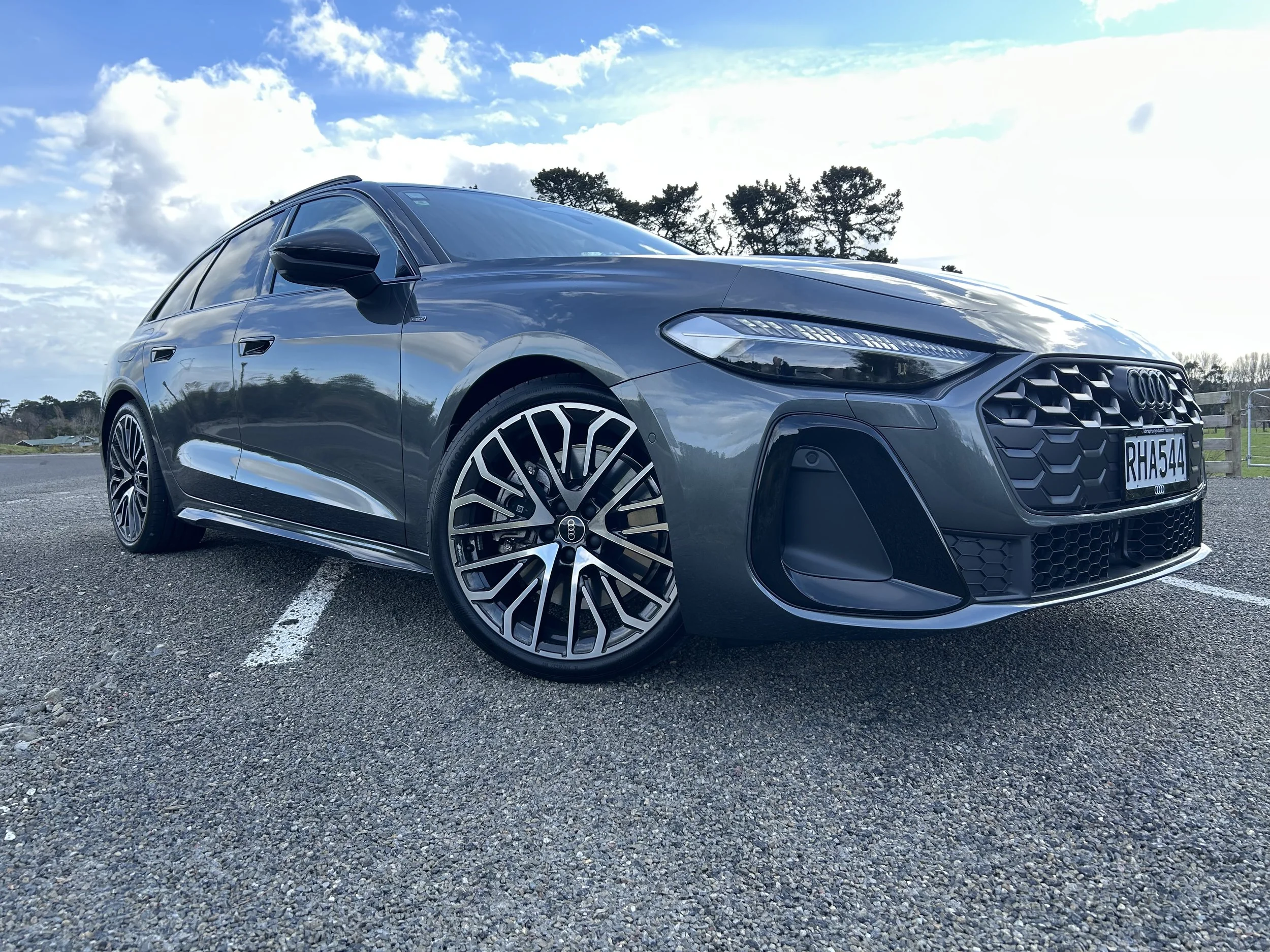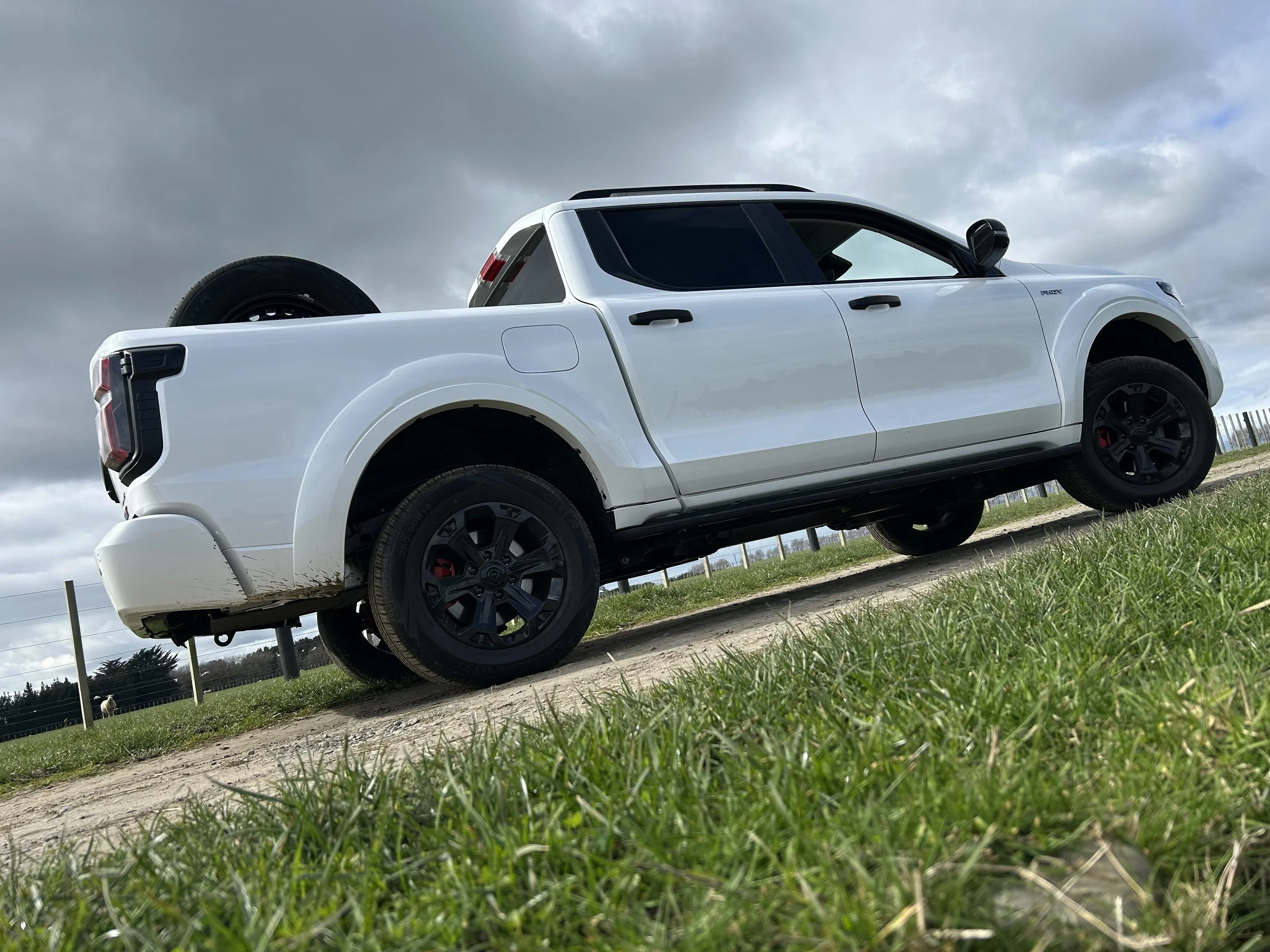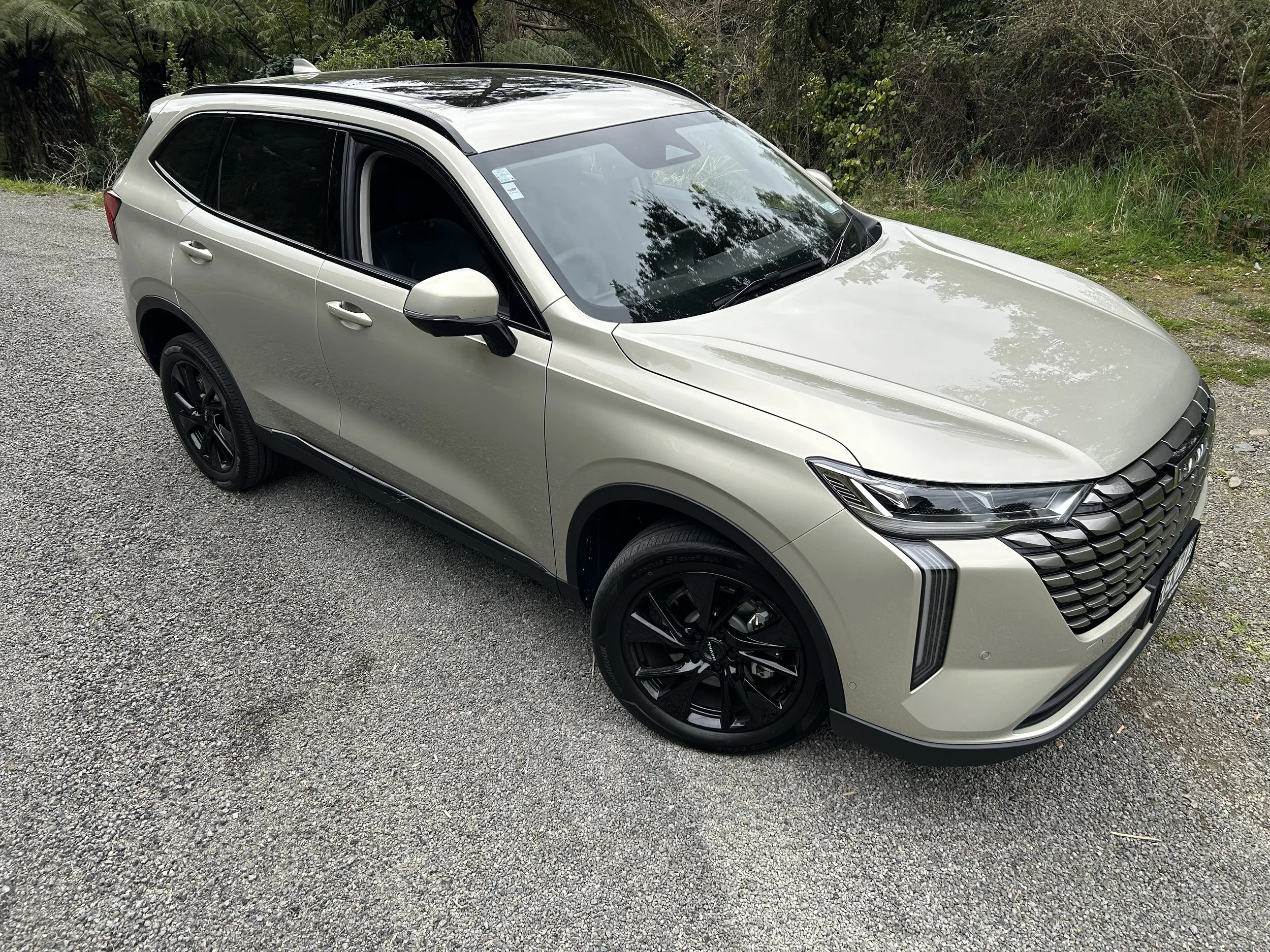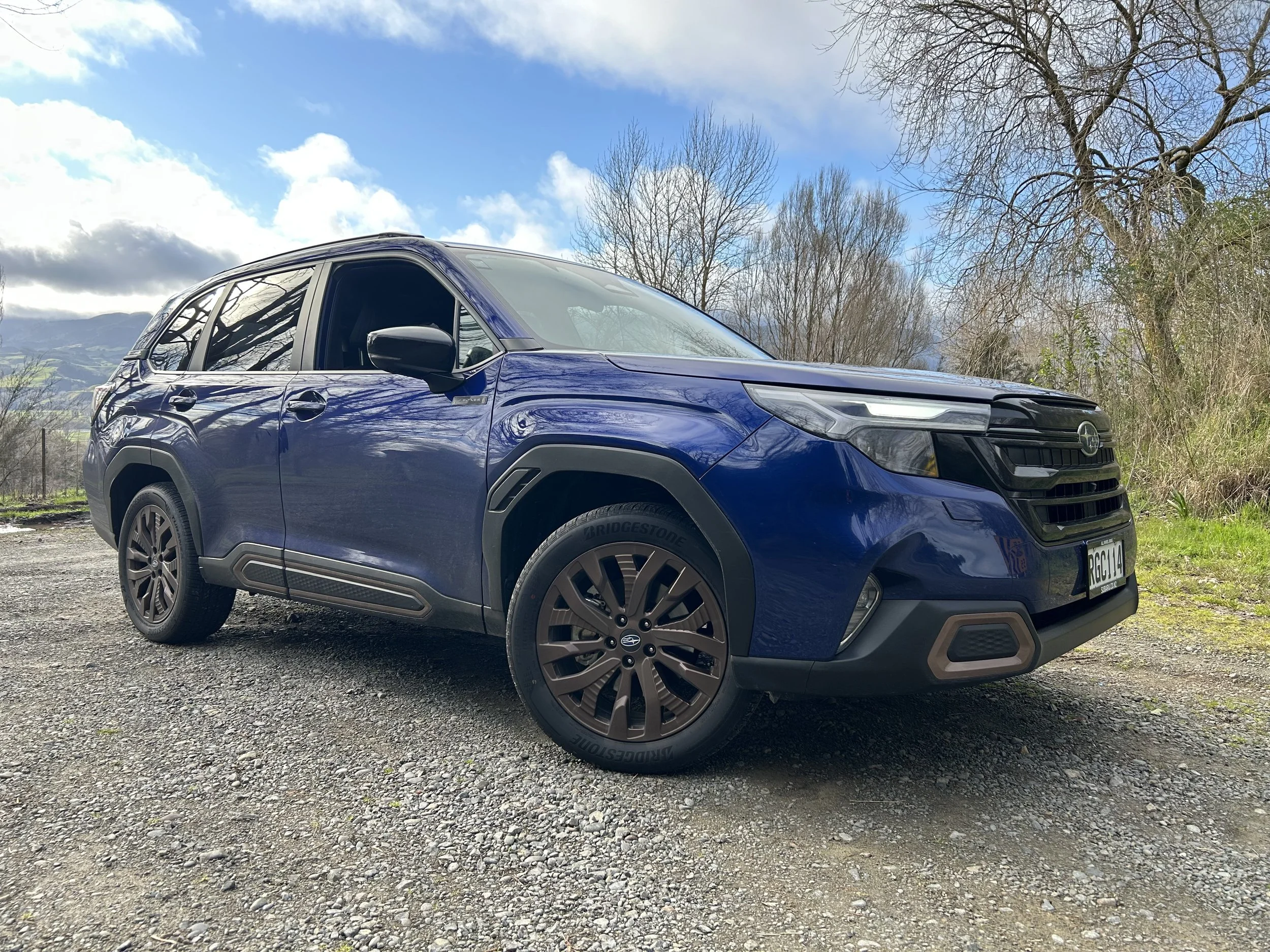Devil of a time with this famous Lamborghini
/On release, it imprinted as the world’s fastest production car.
BEST get used to a heavy, truck-like gear shift and best not look underneath: The basic frame construction is … well … particularly artisan enough to suggest the ‘devil’ is not in the detail.
So says John Bellamore, vehicle collections manager for the country’s top car museum, Southward’s on Wellington’s Kapiti Coast, when discussing a rare gem among the hundreds of cars on display.
“I drove it down here from Auckland and it was … (expletive deleted). It was probably brilliantly in 1997.” But a reality check by today’s standards. “Ah …. yeah.”
Still, despite all its foibles and shortcomings, he loves the Lamborghini Diablo as being an exemplar of where exotic Italian sports car design stood in the 1990s, a time when it imprinted for a period as the world’s fastest production car.
Today the two-seaters greater strength is an eye-catching attraction. It stands few peers in a collection far from short of marvels of automobilia – the dramatic, impossibly low wedge shape almost as wide as it is long, those trademark scissor doors… and, of course, that absolute beast of an engine, a 5.7-litre V12.
On top of that, the Southward collection’s car is an ultra rare open top version, called the Spyder, thought be one of just two of two produced by the factory in the year of its manufacture, 1997.
Why talk about Diablo today? Because Lamborghini has taken time out to recall this being the week when, 30 years ago, this car went into production.
The car’s story, however, began five years before with the Project 132. Styled by Marcello Gandini, it was then revised by Chrysler’s Design Centre, as the American car maker became the majority shareholder in the Italian company in the meantime.
It was tuned with input from famous rally champion Sandro Munari and officially stood as the fastest production car in the world at the time of its launch, capable of a top speed of 325 km/h.
The first iteration was a handful: No power steering and electronic driving aids, yet it did feature leather upholstery, electric windows, electrically adjustable seats and air conditioning.
Four-wheel drive was introduced in 1993 in the Diablo VT, also featured other mechanical and visual improvements.
The SE30 boasted 390kW, a considerable step up from the original’s 361kW and 580Nm of torque, though the 6.0-litre unit in the special series models and racers was even gruntier.
Two years later, the saga continued with the Diablo that was unveiled at the Geneva Motor Show and had rear-wheel drive, 380kW and an adjustable rear wing.
The open-top variant was launched in December of 1995 as the brand’s first 12-cylinder, mass-produced convertible, with four-wheel drive and revised styling.
With Audi purchasing Lamborghini in 1999, the Diablo was upgraded once more.
Top designer Luc Donckerwolke left his signature on the supercar, which was joined by the VT and VT Roadster.
All three were updated inside and out, and the engine developed 369kW and 605Nm of torque. Moreover, for the first time, the Diablo came with ABS and variable valve lift system.
However, all through its life the Diablo maintained a chassis and construction that was, well, “interesting”, Bellamore says.
“If you ever look underneath one … well, the tube in the chassis is basically all inch box section. It’s just not what you’d expect with a lumping V12 sitting in the back there.”
He is upfront that the Diablo was a second choice car when they got it; the aim was to secure the car it replaced, the Countach, but one could not be bought for love nor money.
In hindsight, though, the Diablo has proven to be worthy of selection, because it’s just a magnet for attention.
The doors were the famous touch and the design was a credit to them, he says.
With 2903 units built, the Diablo was eventually retired in 2001 and was replaced by the Murcielago, which was then replaced by the Aventador in 2011.




















